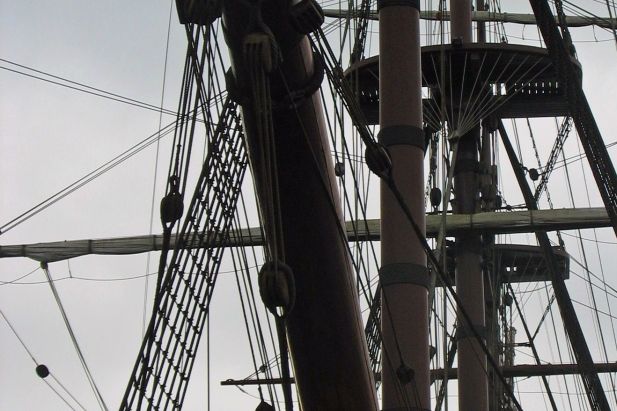



| |
The Dutch on the Seven Seas     |  |  |
Holland History Short Information Sheet:
|
|
Holland History Information Cloud:
|
|
|
The Netherlanders, as befitted their maritime situation, were from an early date notable among those "who go down to the sea in ships." The fisheries grew to enormous proportions. In their frail boats the sturdy sailors breasted the turbulent North Sea and took toll of their ancient enemy. They discovered fish curing, and the smoked and salted herring came into commercial existence.
Not satisfied with the passages already discovered by Spanish and Portuguese merchants and explorers, the stalwart Dutch navigators resolved to open up a northern way to the rich lands of the Orient, and made several remarkable voyages with that aim.
Under the leadership of Linschoten, author of the first scientific book on the navigation of Eastern waters, the first expedition to the polar areas was begun on June 5, 1594. On this voyage the islands of Nova Zembla were discovered and accurately mapped, and the Straits of Waigatz passed.
In the next year, 1595, encouraged by Jan van Oldenbarneveldt and the Stadholder Maurice, seven ships were equipped and set out to find the dreamed-of north-east passage. Sailing again through the Straits of Waigatz, they landed at Staten Island, but were forced to return to Amsterdam by the approaching winter.
Although the officials refused to finance further attempts, a liberal reward was offered for the discovery of the new way to the East, and nothing daunted, another expedition set forth in May, 1596. This time Spitzbergen, within ten degrees of the pole, was reached, but the ice made it necessary to turn back, and the winter was passed amid terrible hardships on Nova Zembla.
While these voyages were being made toward the north pole the Dutch had reached the East Indies by the Cape Passage in 1595, and founded that huge institution, the Dutch East Indian Company (V.O.C.), incidentally exploring the antarctic as well as the arctic zones at the same time.
Linschoten's map of the Indies, the first of its kind, and the result of untiring labors on the part of the cartographer, together with a translation of his book of voyages, was published in England in 1598, and created an intense and lasting interest there. Shakespeare refers to it in "Twelfth Night."
| |
|















